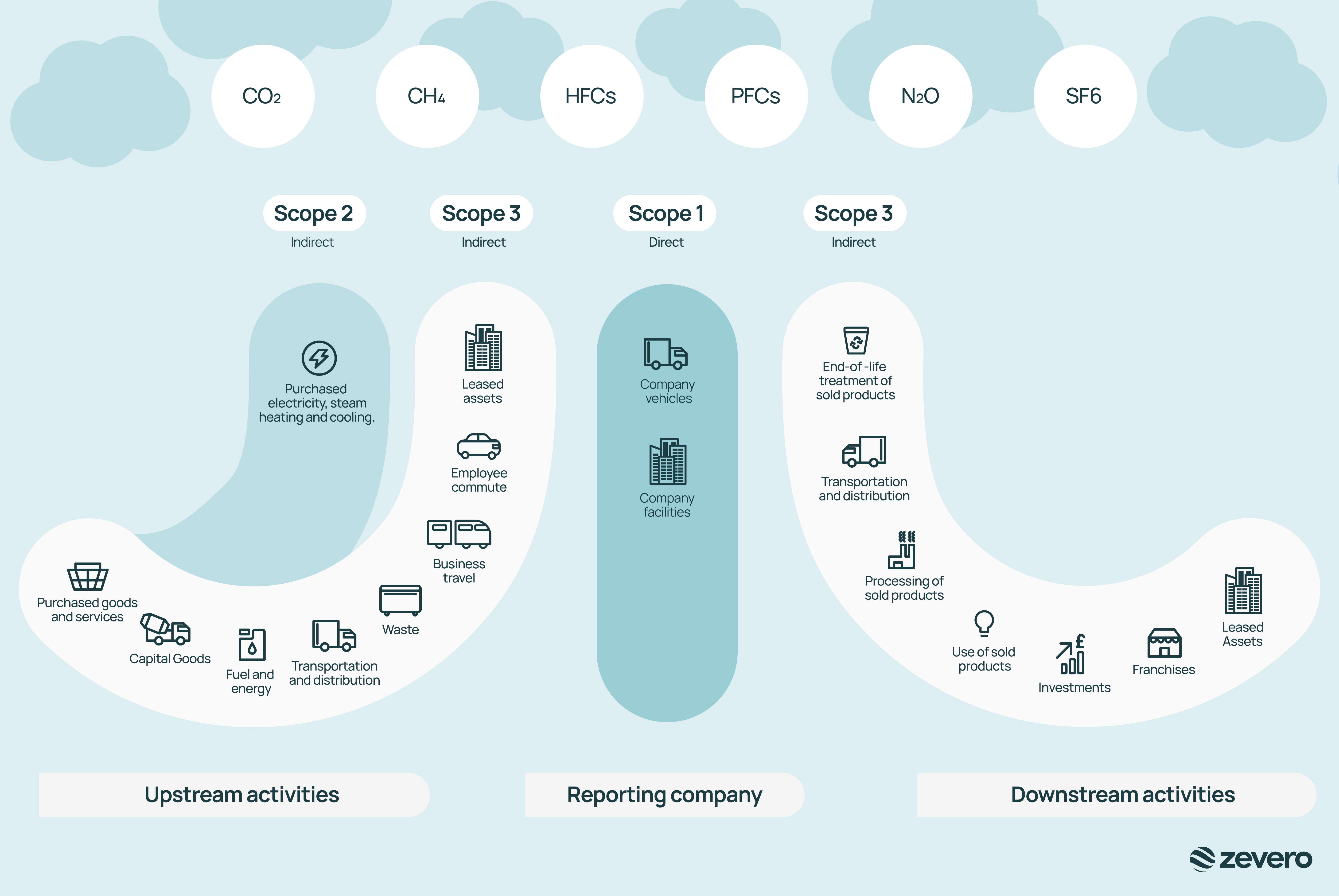Tackling emissions: Edwards Case Study
Based in Clevedon, Edwards, one of our Action Net Zero partners, is a leading manufacturer in the global semi-conductor industry and supplies its products and solutions all over the world.
By 2030, it will have reduced its Scope 1 and 2 emissions by 46% and Scope 3 emissions by 28%, all of which will help reach net zero by 2050 and support the challenge of keeping global warming to within 1.5°C.
Edwards is tackling their emissions by adopting a 'Remove, Reduce, Reuse, Recycle' approach and this has led to small changes, such as switching to high efficient LEDS when lights need to be replaced, to much larger changes throughout their worldwide operations such as:
- switching to renewable energy
- reducing business travel
- mandating their default shipping mode to be at sea (instead of air)
In analysing every aspect of their operations and supply chain, Edwards have been able to identify opportunities to 'remove, reduce, resuse and recycle' emissions throughout their business. They also recognise the power of 'Sustainability through Collaboration' so are working with suppliers, partners and third parties to collectively tackle their emissions and drive forward industry improvements for the benefit of themselves and their customers.
